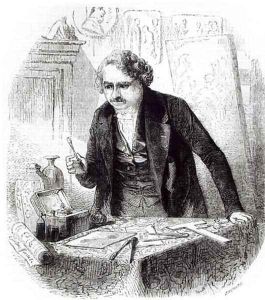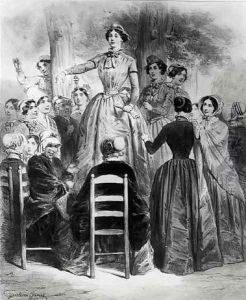Gustave Janet Paintings
Gustave Janet, also known as Jules Arsène Arnaud Claretie, was a French painter and illustrator, born in Paris in 1829. While he may not be as universally recognized as some of his contemporaries, Janet played a significant role in the artistic movements of his time, particularly in the sphere of illustration and engraving. His career spanned a period of rapid transformation in French art, witnessing the decline of Neoclassicism, the rise of Romanticism, and the beginnings of Impressionism. Despite these changing tides, Janet’s work remained deeply rooted in the academic traditions, often characterized by its detailed execution and historical themes.
Janet’s education in art was comprehensive, studying under various prominent artists and engravers of the time. This classical training is evident in his meticulous approach to detail and composition. Throughout his career, he contributed illustrations to a number of important publications of the 19th century, including works by renowned authors such as Victor Hugo. His illustrations often captured the essence of the literary works they accompanied, demonstrating not only his technical skill but also a profound understanding of narrative and emotion.
Beyond his contributions to illustration, Janet’s oeuvre includes a number of paintings and sketches that reflect his interest in history and mythology. These works, while perhaps less known than his engravings, showcase his versatility as an artist and his ability to capture complex historical and mythical subjects with depth and sensitivity.
Despite his death in 1898, Gustave Janet’s legacy lives on through his contributions to the world of French illustration and painting. His works continue to be studied and appreciated for their historical value and artistic merit, offering insight into the rich cultural and artistic landscape of 19th century France. Janet’s ability to navigate the evolving artistic trends of his time, while maintaining a commitment to classical techniques and themes, marks him as a notable figure in the history of French art.

